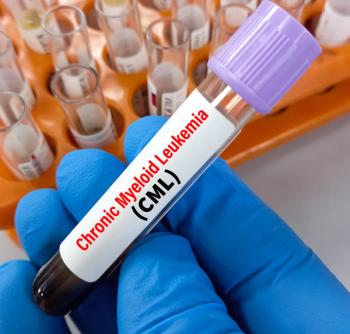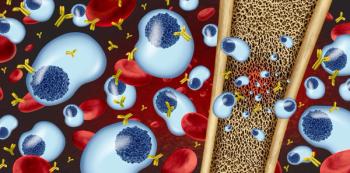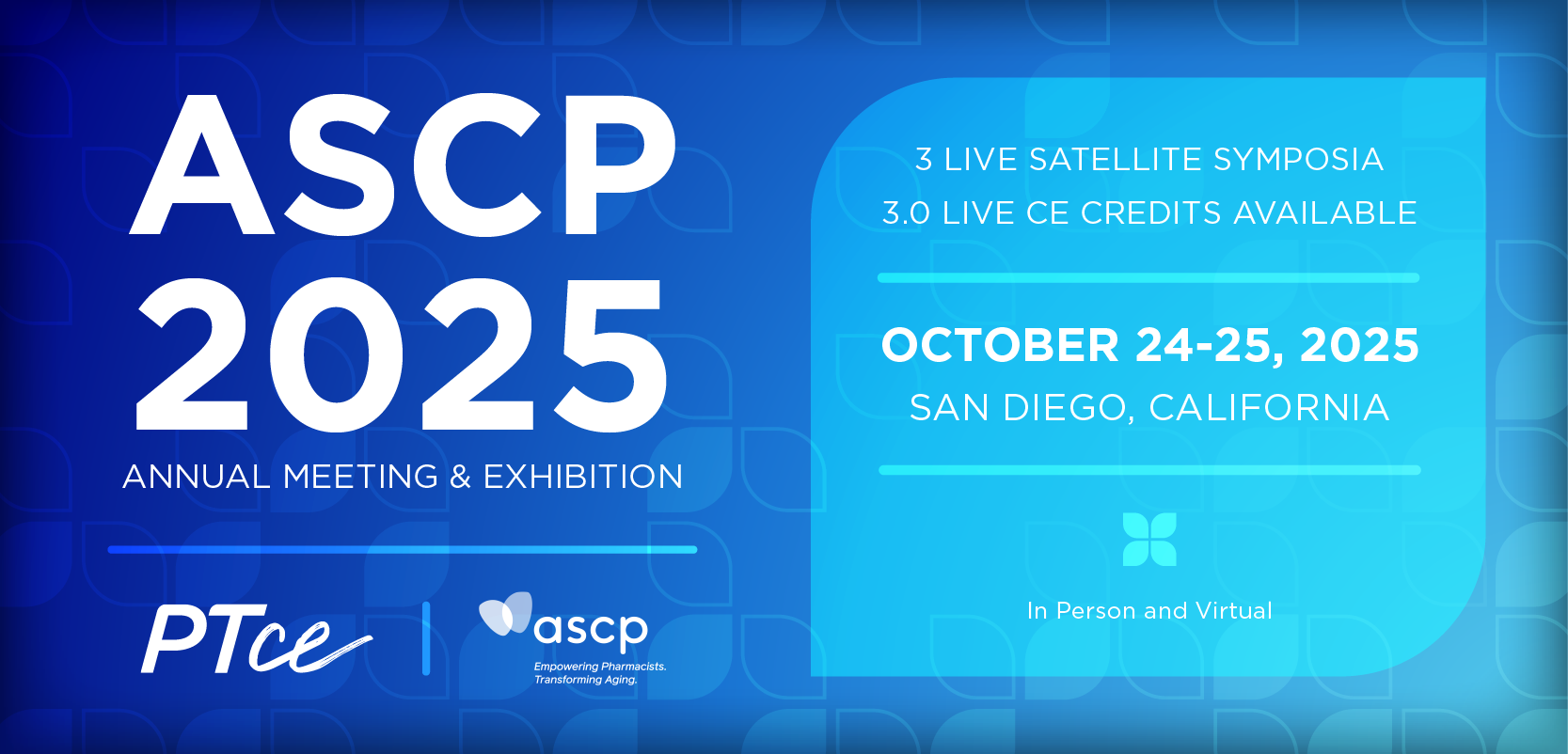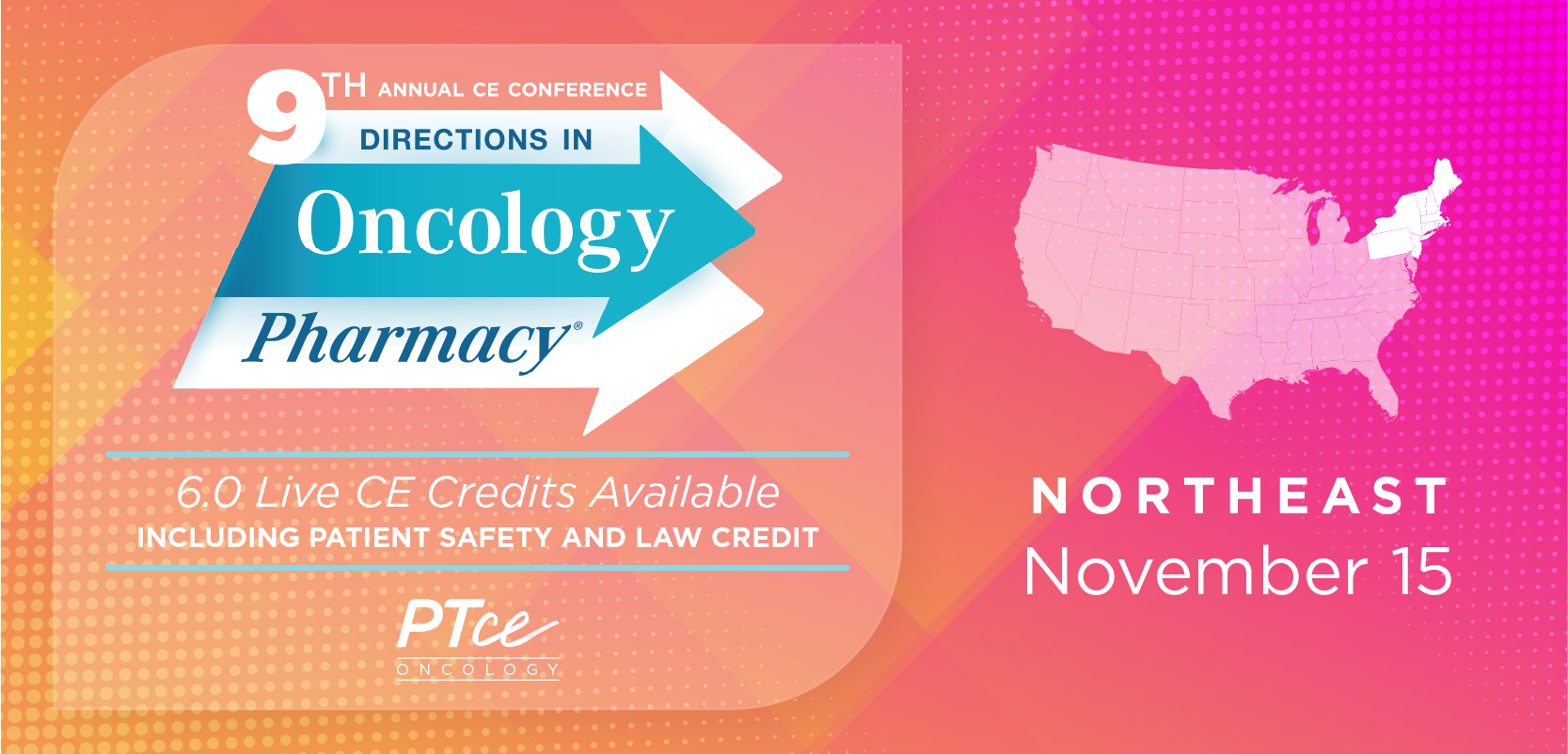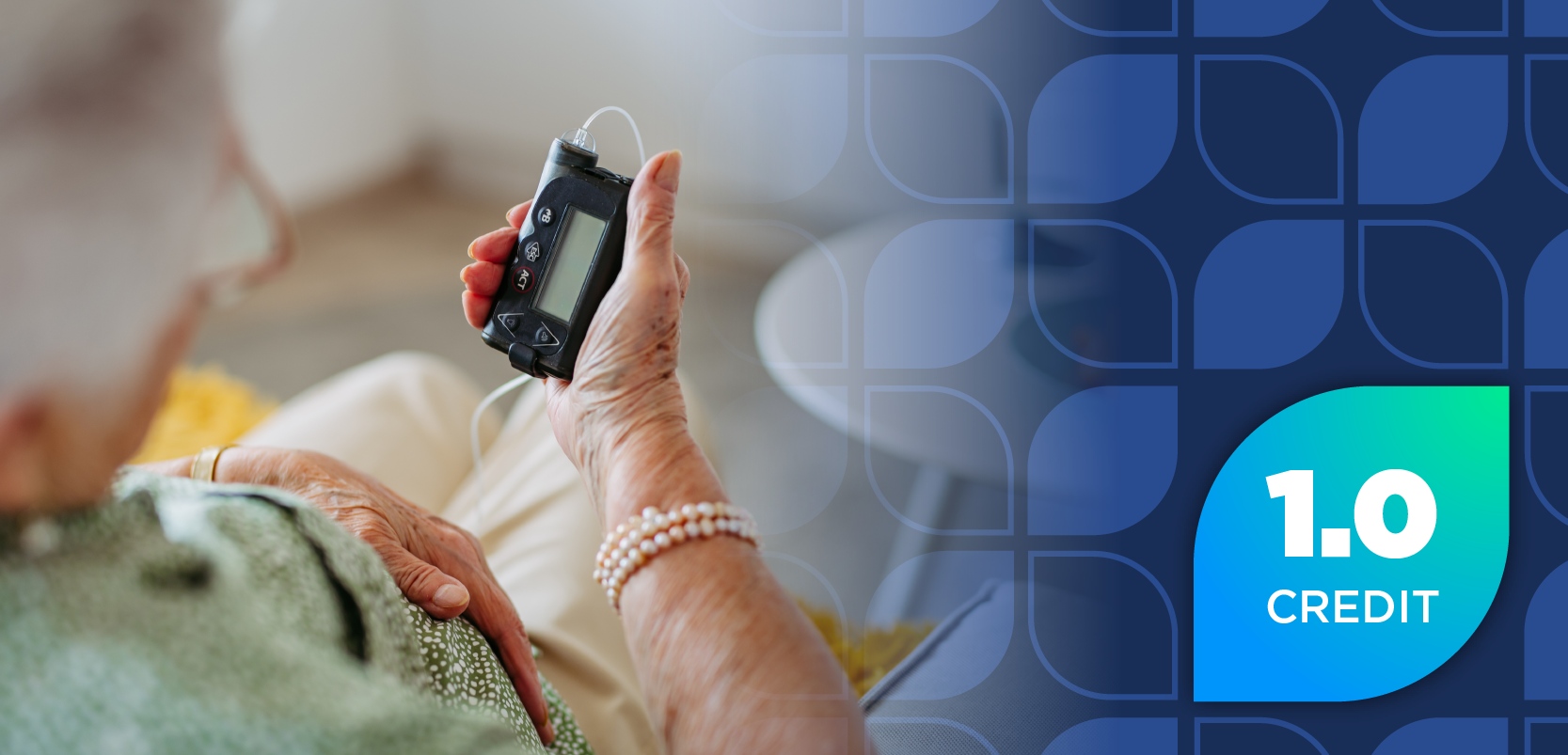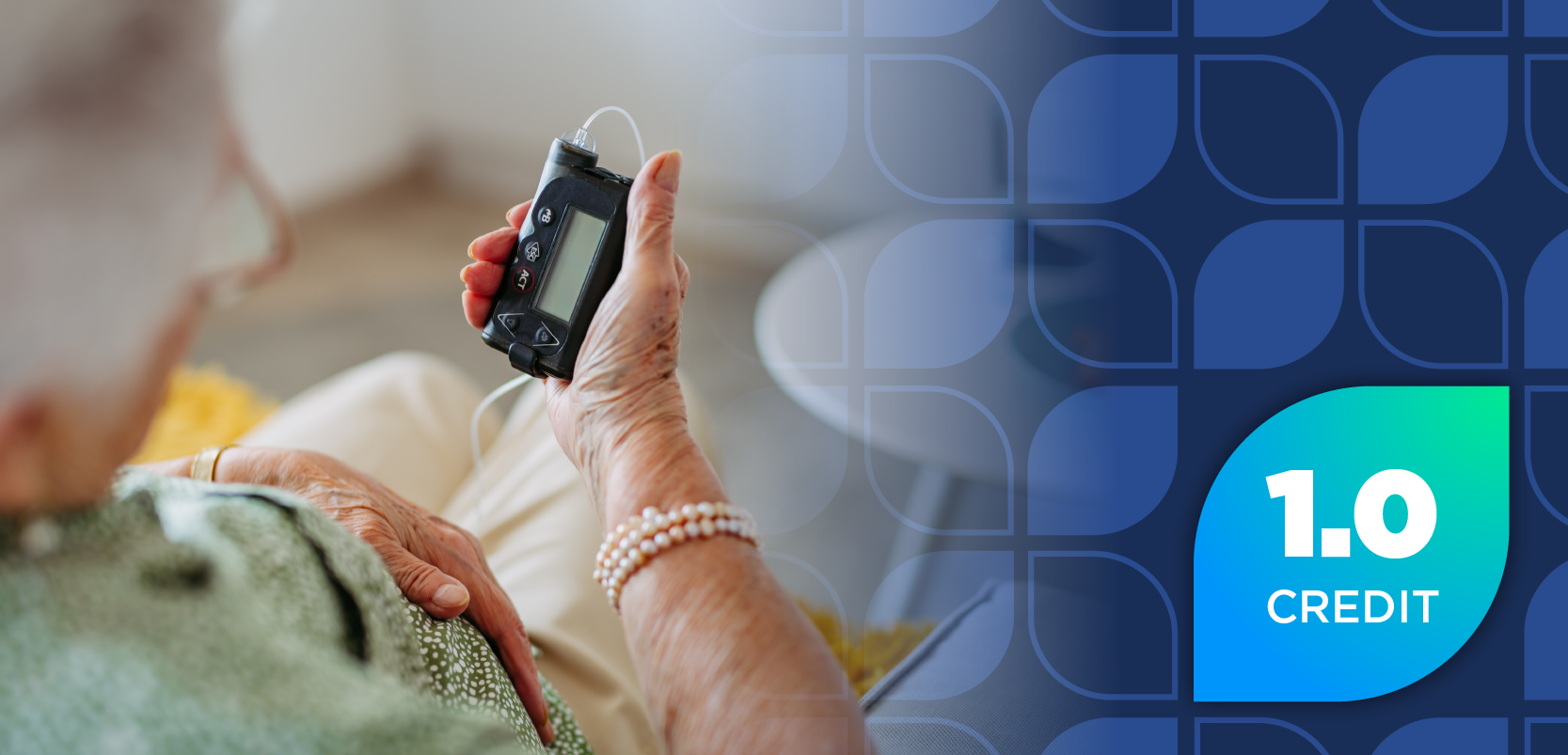
- April 2020
- Volume 88
- Issue 4
Novel Agents Can Treat Asthma
Pharmacists should understand their mechanisms to facilitate high-quality, collaborative management with physicians.
The cdc estimates that in 2017, 7.7% of adults and 8.4% of children in the United States had asthma and mortality because of asthma was 13.41% for adults and 2.51% for children.1 In addition, asthma costs the US economy more than $80 billion annually in deaths, loss of productivity, and medical expenses.2 In recent years, the use of physician-pharmacist collaborative management (PPCM) of asthma has increased in primary care settings.3 PPCM has been shown to provide clinical benefits to patients with asthma, such as a reduction in emergency department visits and hospitalization and an improvement in quality of life. As pharmacists’ role increases in the management of asthma, these practitioners must ensure they are knowledgeable about treatment strategies, including information about novel agents on the market.
Anti—immunoglobulin E (IgE) omalizumab (Xolair) and anti–IL-5 reslizumab (Cinqair) and mepolizumab (Nucala) are available as novel agents. They are reserved patients with step 5 or 6 persistent allergic (type 2) asthma who are inadequately controlled with high-dose inhaled corticosteroid and long-acting β agonist therapy, according to the Global Initiative for Asthma guideline.4,5 Anti-IgE works by binding to IgE receptors and subsequently preventing IgE binding on mast cells, dendritic cells, and basophils via FcεR1 and FcεR2 receptors.6,7 Anti-IgE does not have a reversal effect on already-bound IgE. Anti— IL-5 and anti–IL-5 Rα (benralizumab [Fasenra]) are antibodies that work by targeting IL-5. Anti–IL-5 agents bind to and neutralize IL-5, which interferes with its ligation to anti–IL-5 Rα, which is expressed on eosinophils. Anti–IL-5 Rα targets anti–IL-5 Rα chain directly and induces target cell lysis. Because of the mechanism, anti–IL-5 and anti–IL-5 Rα agents are effective at reducing peripheral eosinophil expression. Omalizumab and mepolizumab carry boxed warnings for anaphylaxis.
Eligibility criteria for the aforementioned agents will be unique to a patient’s insurance provider. However, most of them share comparable criteria. Eligibility criteria for anti-IgE include elevated IgE levels (30 IU/mL≤1500IU/mL), exacerbations within a year, and a positive skin test or in vitro reactivity to a perennial aeroallergen.8
Eligibility criteria for anti-IL-5 and anti—IL-5 Rα include a baseline peripheral eosinophil level of ≥150 cells/μL (≥400 cells/μL for reslizumab) within the prior 6 weeks (4 weeks for reslizumab), eosinophilic phenotype, and exacerbations within a year.
As new agents enter the asthma paradigm, pharmacists must be familiar with the eligibility criteria and mechanisms of novel agents and remain up-to-date on clinical guidelines to provide high-quality PPCM. Such knowledge will help pharmacists guide prescribers to effectively treat patients with asthma.
REFERENCES
- Asthma. cdc.gov/asthma/default.htm. CDC website. Updated March 3, 2020. Accessed March 13, 2020.
- Nurmagambetov T, Kuwahara R, Garbe P. The economic burden of asthma in the United States, 2008—2013. Ann Am Thorac Soc. 2018;15(3):348-356. doi: 10.1513/annalsats.201703-259oc.
- Gums T, Carter B, Milavetz G, et al. Physician—pharmacist collaborative management of asthma in primary care. Pharmacotherapy. 2014;34(10):1033-1042. doi: 10.1002/phar.1468.
- Difficult-to-treat & severe asthma in adolescent and adult patients diagnosis and management. Global Initiative for Asthma website. ginasthma.org/wp-content/uploads/2019/04/GINA-Severe-asthma- Pocket-Guide-v2.0-wms-1.pdf. Published April 2019. Accessed March 13, 2020.
- Asthma. In: Wells BG, DiPiro JT, Schwinghammer TL, DiPiro CV, eds. Pharmacotherapy Quick Guide. 10th ed. New York, NY: McGraw-Hill; 2017.
- Galanter JM, Boushey HA. Drugs used in asthma. In: Katzung BG, ed. Basic & Clinical Pharmacology. 14th ed. New York, NY: McGraw-Hill; 2018.
- Roufosse F. Targeting the interleukin-5 pathway for treatment of eosinophilic conditions other than asthma. Front Med (Lausanne). 2018;5:49. doi: 10.3389/fmed.2018.00049.
- Medical & drug policies and coverage determination guidelines for UnitedHealthcare commercial plans. UnitedHealthcare website. uhcprovider.com/en/policies-protocols/commercial-policies/commercial- medical-drug-policies.html. Accessed February 9, 2020.
Articles in this issue
over 5 years ago
Stark Law Aims to Prevent Financial Gain From Self-Referralsover 5 years ago
Competition Lowers Drug Prices, FDA Saysover 5 years ago
Techs’ Role in Immunization Administration Expandsover 5 years ago
Telehealth Offers Myriad Unique Opportunities for Pharmacistsover 5 years ago
High-Alert Medications Require Special Safeguardsover 5 years ago
Brush Up on Mumps and Key Precautionsover 5 years ago
Nasal Polyps Pose Treatment Challengesover 5 years ago
Diversion Occurs in HospiceNewsletter
Stay informed on drug updates, treatment guidelines, and pharmacy practice trends—subscribe to Pharmacy Times for weekly clinical insights.

